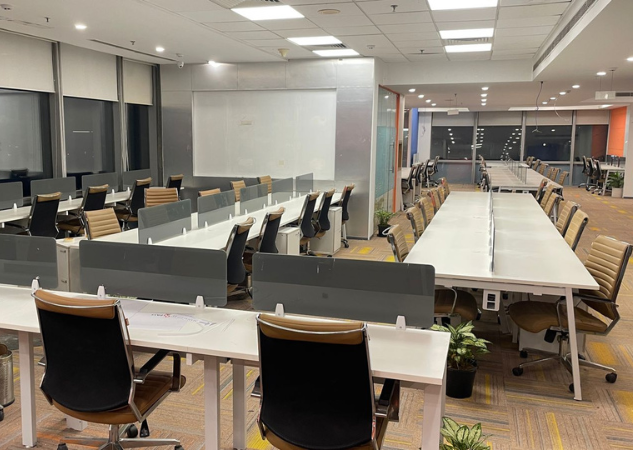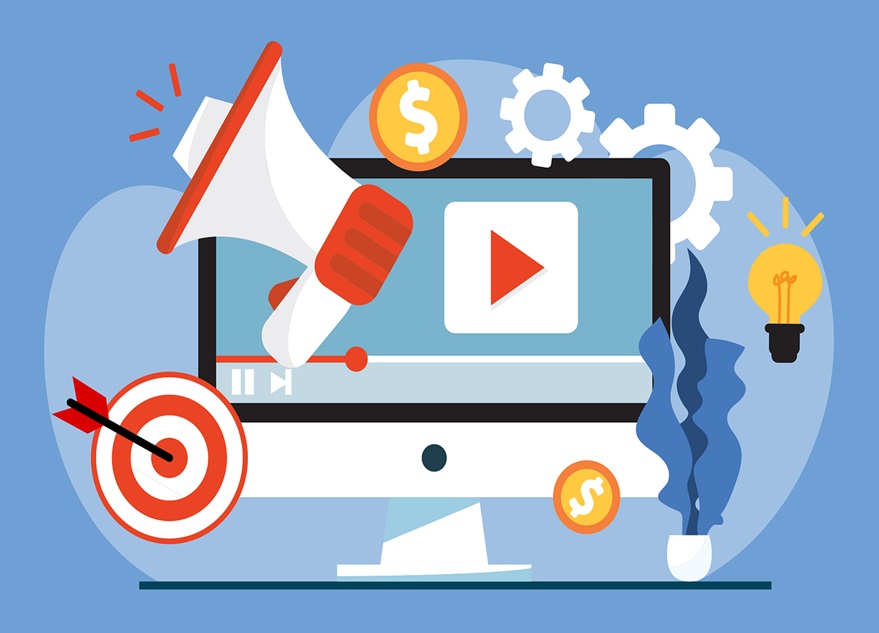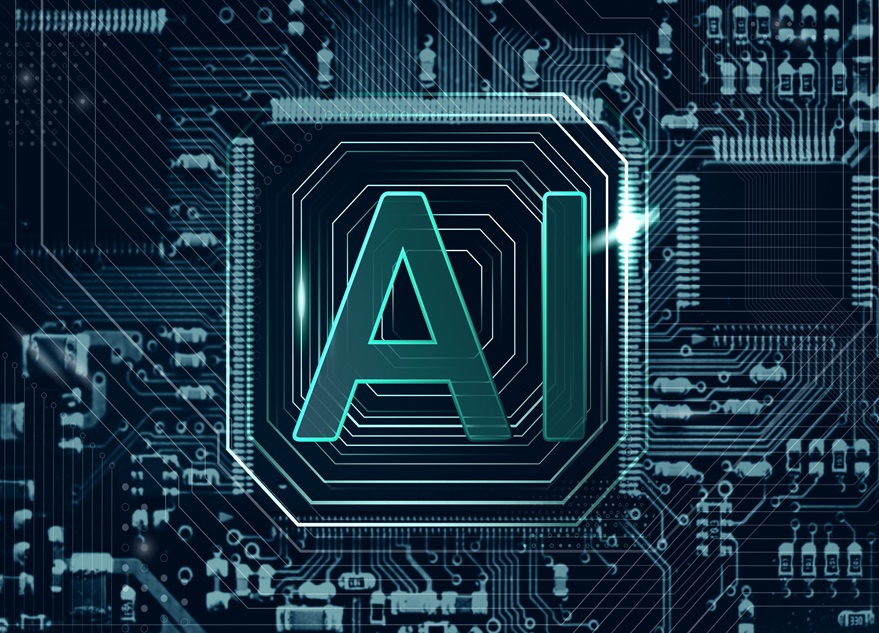Marketing in 2025 is tech-driven. Explore 10 trends reshaping how brands engage and stay ahead in a digital world.
💡 Are you looking for Coworking space in Gurgaon, Noida or Delhi? We are just a call away.
Call Now: 08999 828282
10 Marketing Technology Trends and Innovations in 2025
- AI-Powered Personalization
- Voice Search Optimization
- Augmented Reality (AR) Experiences
- Blockchain for Transparency
- Chatbots and Conversational AI
- 5G Connectivity for Faster Experiences
- Interactive and Shoppable Content
- Predictive Analytics for Smarter Marketing
- Programmatic Advertising
- Sustainability and Green Marketing Technologies

1. AI-Powered Personalization
Artificial intelligence (AI) is already helping brands personalize their marketing, but in 2025, it will get even smarter. AI will use data to create highly personalized content, product recommendations, and messages. This means brands can speak directly to their customers in a way that feels natural and personal.
2. Voice Search Optimization
With the rise of smart speakers and voice assistants like Alexa and Siri, voice search is growing. By 2025, more people will use voice search to find products and services. Marketers will need to optimize their content for voice search to stay ahead. This will include focusing on natural language and answering common questions.
3. Augmented Reality (AR) Experiences
AR is making waves in marketing, offering customers the chance to try products virtually. By 2025, AR will become a common tool for online shopping, allowing customers to see how products look in their homes before making a purchase. Brands will use AR to enhance the shopping experience and help customers make confident buying decisions.
Also Read: How Technology is Increasing the Safety of Coworking Spaces
4. Blockchain for Transparency
Blockchain technology is mostly known for cryptocurrency, but it’s also gaining popularity in marketing. In 2025, it will be used to bring transparency to digital advertising. Blockchain can ensure that ad spend is tracked properly, reducing fraud and improving trust between marketers and customers.
5. Chatbots and Conversational AI
Chatbots are becoming more advanced, thanks to AI. In 2025, they will be able to handle complex customer queries and provide real-time support on websites, social media, and apps. These bots will improve customer service, making it faster and more efficient.
6. 5G Connectivity for Faster Experiences
With 5G networks rolling out globally, marketers will have the chance to offer faster, more seamless experiences to customers. Faster internet speeds mean better video streaming, quicker downloads, and more interactive content. This will allow marketers to experiment with new formats like live streaming and immersive experiences.
7. Interactive and Shoppable Content
Interactive content like quizzes, polls, and videos will be even more popular in 2025. Brands will create shoppable content, where customers can directly buy products through videos, blogs, or social media posts. This seamless shopping experience will make it easier for customers to purchase while engaging with the content.
8. Predictive Analytics for Smarter Marketing
Predictive analytics uses data to forecast future trends and customer behavior. In 2025, more marketers will use this technology to create proactive strategies. By understanding customer preferences and predicting their next move, brands can deliver the right message at the right time.
💡 SMBs looking for HR, Marketing, Technology and Funding solutions for their business.
Call Hello Jarvis 994 8000 800
9. Programmatic Advertising
Programmatic advertising uses AI to automatically buy and place ads. In 2025, it will become even more advanced, helping marketers target the right audience at the right moment with minimal effort. This will make advertising more effective, cost-efficient, and tailored to individual users.
10. Sustainability and Green Marketing Technologies
As customers become more eco-conscious, brands will need to adopt green marketing practices. In 2025, technologies that help businesses promote sustainability will rise. From eco-friendly packaging to energy-efficient digital ads, companies will use these technologies to showcase their commitment to the environment.
Marketing in 2025 will be all about leveraging new technologies to create personalized, fast, and engaging experiences for customers. With innovations like AI, AR, and voice search already shaping the landscape, marketers will have exciting opportunities to connect with their audience in fresh and meaningful ways. As these technologies continue to evolve, staying ahead of the curve will be crucial to maintaining a competitive edge. Similarly, businesses seeking to thrive in this rapidly changing environment will need flexible and innovative workspaces to foster collaboration and creativity. The Office Pass (TOP) offers modern, well-equipped co-working spaces in Delhi and NCR, perfect for entrepreneurs and teams looking to stay productive and inspired. With a focus on innovation, flexibility, and community, TOP ensures you have the right environment to adapt to the future of work and marketing. Contact now at 08999 828282.
FREQUENTLY ASKED QUESTIONS (FAQS):
Question: What are the top marketing technology trends expected in 2025?
Answer: In 2025, marketing technology trends will include AI-powered tools for personalization, advanced data analytics, chatbots for customer service, augmented reality (AR) for virtual experiences, and automation for better efficiency.
Question: How will AI impact marketing strategies in 2025?
Answer: AI will help marketers analyze customer data more effectively, allowing them to create personalized content, improve customer service through chatbots, and automate tasks to save time and resources.
Question: What role will data analytics play in marketing in 2025?
Answer: Data analytics will help marketers understand customer behavior, preferences, and trends. This allows businesses to create more targeted and effective marketing campaigns, improving customer engagement and conversion rates.
Question: How will chatbots be used in marketing by 2025?
Answer: Chatbots will become smarter in 2025, providing more personalized customer support. They will be used for answering questions, helping with purchases, and offering recommendations, all while improving the customer experience.
Question: What is augmented reality (AR) and how will it change marketing in 2025?
Answer: Augmented reality (AR) allows businesses to create virtual experiences for their customers. For example, AR can help customers try products before buying them, or visualize how furniture would look in their homes.
Question: How will marketing automation evolve in 2025?
Answer: Marketing automation will become more advanced, allowing businesses to manage their marketing campaigns more efficiently. This includes sending personalized messages, nurturing leads, and automating content distribution to keep customers engaged.
Question: What is personalization in marketing, and why is it important in 2025?
Answer: Personalization means tailoring content and offers to individual customers based on their preferences and behavior. In 2025, it will be even more important, as consumers expect a more customized and relevant experience.
Question: How will voice search impact marketing in 2025?
Answer: With more people using voice assistants like Siri, Alexa, and Google Assistant, marketers will focus on optimizing their content for voice search. This means creating shorter, more conversational content that answers specific questions.
Question: What is the future of influencer marketing in 2025?
Answer: Influencer marketing will continue to grow, but it will become more authentic. In 2025, businesses will work with micro-influencers (those with smaller but more engaged audiences) to create genuine connections with customers.
Question: How will privacy and data security affect marketing technology in 2025?
Answer: As privacy concerns grow, businesses will need to use marketing technologies that respect customer data and comply with regulations like GDPR. This will include using secure platforms and being transparent about data usage to build trust with customers.









